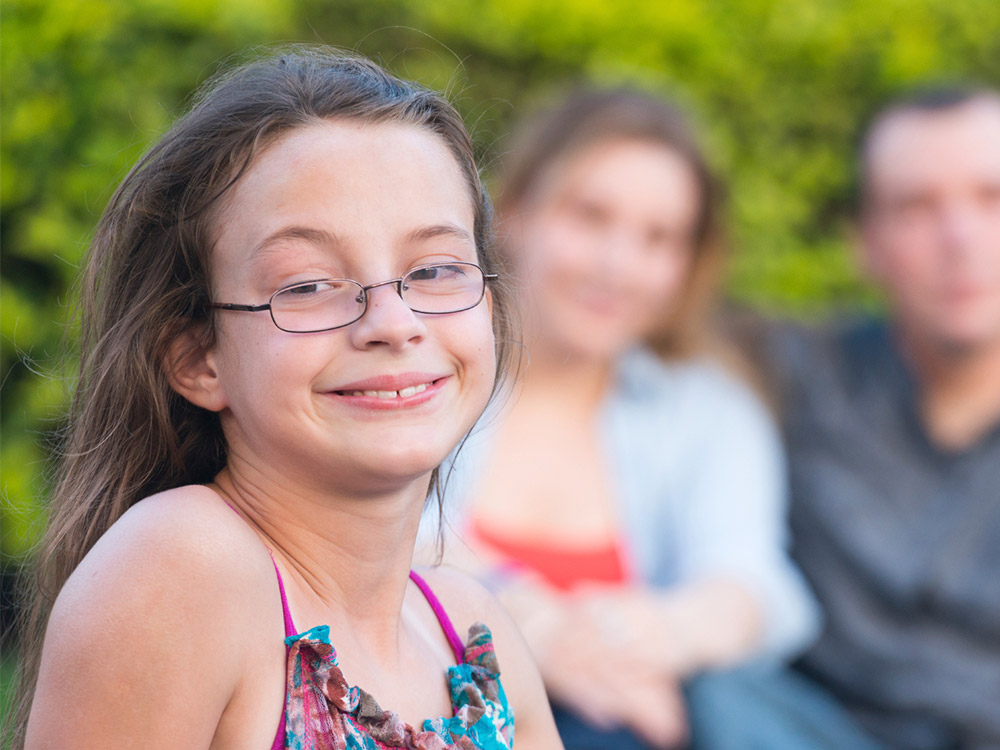Recognizing the Spectrum: A Comprehensive Overview to Autism Recognition
Wiki Article
Understanding Autism: A Comprehensive Overview to Indications and Symptoms
Autism Spectrum Problem (ASD) includes a wide range of features that can considerably influence an individual's social interactions and daily performance. Recognizing these nuances not just help caretakers and teachers in giving proper support however additionally fosters a much more comprehensive atmosphere for people with ASD.Summary of Autism Range Problem
Specifying Autism Spectrum Condition (ASD) entails recognizing it as a complicated neurodevelopmental problem characterized by a variety of obstacles in social interaction, communication, and behavior patterns. The term "range" mirrors the large irregularity in symptoms and their seriousness, which can vary substantially from one individual to one more. ASD normally shows up in very early youth, although some individuals may not obtain a diagnosis until later in life.Aspects affecting the advancement of ASD consist of hereditary proneness and ecological factors, although the specific reasons remain under investigation. Diagnosis frequently depends on behavior analyses, as there are no conclusive clinical examinations for ASD. Early treatment is important and can substantially improve end results, concentrating on enhancing interaction skills, social interactions, and flexible behaviors.
People with ASD may additionally display unique toughness, such as phenomenal interest to detail or certain areas of knowledge. Recognizing the complex nature of ASD is vital for fostering a comprehensive atmosphere that suits neurodiversity. Continued research is essential for creating efficient treatments and assistance systems, allowing individuals with ASD to prosper and satisfy their possible within society.
Typical Signs of Autism
Identifying the common indications of Autism Range Condition (ASD) is essential for early recognition and treatment. These indications can differ widely in extent and presentation, yet particular qualities are regularly observed in individuals with ASD.One of the most prevalent indications is a marked problem in establishing and maintaining eye contact. Individuals might additionally exhibit restricted rate of interest in social communications and show a choice for singular play.
Sensory sensitivities are likewise usual; people may overreact or underreact to sensory stimuli, such as textures, audios, or lights. autism. Language growth can be atypical, with some youngsters showing postponed speech or using language in unusual ways, including echolalia-- duplicating sentences or phrases heard somewhere else
It is important to note that not every individual with ASD will show all these indicators, and the level of these behaviors can vary significantly. Early acknowledgment enables prompt assistance and sources, improving the high quality of life for those on the spectrum.
Social Interaction Obstacles
Social interaction challenges are a trademark of Autism Range Condition (ASD), impacting a person's capacity to engage efficiently with others. These troubles can materialize in numerous methods, including obstacles in initiating and keeping conversations, recognizing social hints, and responding properly in social interactions.People with ASD may fight with nonverbal communication, such as eye call, face expressions, and body language. This can lead to misconceptions, as their communicative intent might not be properly interpreted by others. Furthermore, they might find it difficult to comprehend the nuances of tone and context, which are essential for effective communication.
In group setups, people with ASD may feel overloaded and might not know exactly how to sign up with in conversations (autism). They may likewise show atypical conversational patterns, such as monologuing regarding certain interests without acknowledging social reciprocity
Additionally, these challenges can result in social isolation or problems in creating partnerships, as peers may misinterpret their habits or interaction design. Understanding these social communication obstacles is important for cultivating helpful environments that promote social abilities development and improve the top quality of communications for individuals on the autism range.
Sensory Sensitivities and Reactions
Lots of people with Autism Spectrum Condition (ASD) experience enhanced sensory sensitivities that can substantially influence their day-to-days live. These sensitivities might show up as over-responsiveness or under-responsiveness to sensory stimuli, including sounds, lights, appearances, preferences, and scents. As an example, a person with ASD might find everyday noises, such as a hoover or crowded settings, extremely distressing, leading to stress and anxiety or disasters. Alternatively, some might display an indifference to pain or important source extreme temperatures, which can posture safety and security problems.Sensory processing differences in people with ASD can likewise affect their ability to involve in regular activities and social communications. A kid that is sensitive to touch might resist physical love or avoid specific apparel fabrics. Conversely, a preference for sure textures or tastes can restrict dietary alternatives and create difficulties throughout mealtimes.
Comprehending these sensory sensitivities is necessary for acknowledging the special experiences of individuals with ASD. Recognition of their sensory profiles can foster far better communication and assistance techniques, producing an atmosphere that fits their requirements and boosts their quality of life. Inevitably, recognizing sensory level of sensitivities is an important part of understanding the more comprehensive range of autism.

Sustaining Individuals With Autism
Efficient assistance for individuals with Autism Range Disorder (ASD) is vital for enhancing their total wellness and cultivating self-reliance. Assistance strategies must be customized to meet the distinct demands of each individual, considering their obstacles and strengths.
Social abilities training can likewise play a critical duty. autism. Engaging people in team activities or role-playing read this post here circumstances can enhance their capacity to browse social interactions. Additionally, it is important to enlighten relative, caretakers, and peers about ASD to cultivate a inclusive and encouraging neighborhood
Verdict
Finally, a comprehensive understanding of Autism Range Disorder is vital for acknowledging its symptoms and signs. Early recognition of common attributes, such as social interaction challenges and sensory level of sensitivities, enables instructors and caretakers to apply reliable treatments. By promoting enhanced communication and social abilities, people with autism can browse their atmospheres much more effectively. Ultimately, increased awareness and support can considerably improve the high quality of life for those influenced by ASD.Autism Spectrum Disorder (ASD) incorporates a vast array of features that can considerably impact an individual's social interactions and day-to-day performance.Individuals with ASD may struggle with nonverbal interaction, such as eye get in touch with, face expressions, and body language.Numerous people with Autism Spectrum Problem (ASD) experience enhanced sensory level of sensitivities that can significantly affect their everyday lives.Sensory handling distinctions in people with ASD can also impact their ability to involve in social communications and Learn More regular tasks.Understanding these sensory level of sensitivities is crucial for acknowledging the one-of-a-kind experiences of individuals with ASD.
Report this wiki page